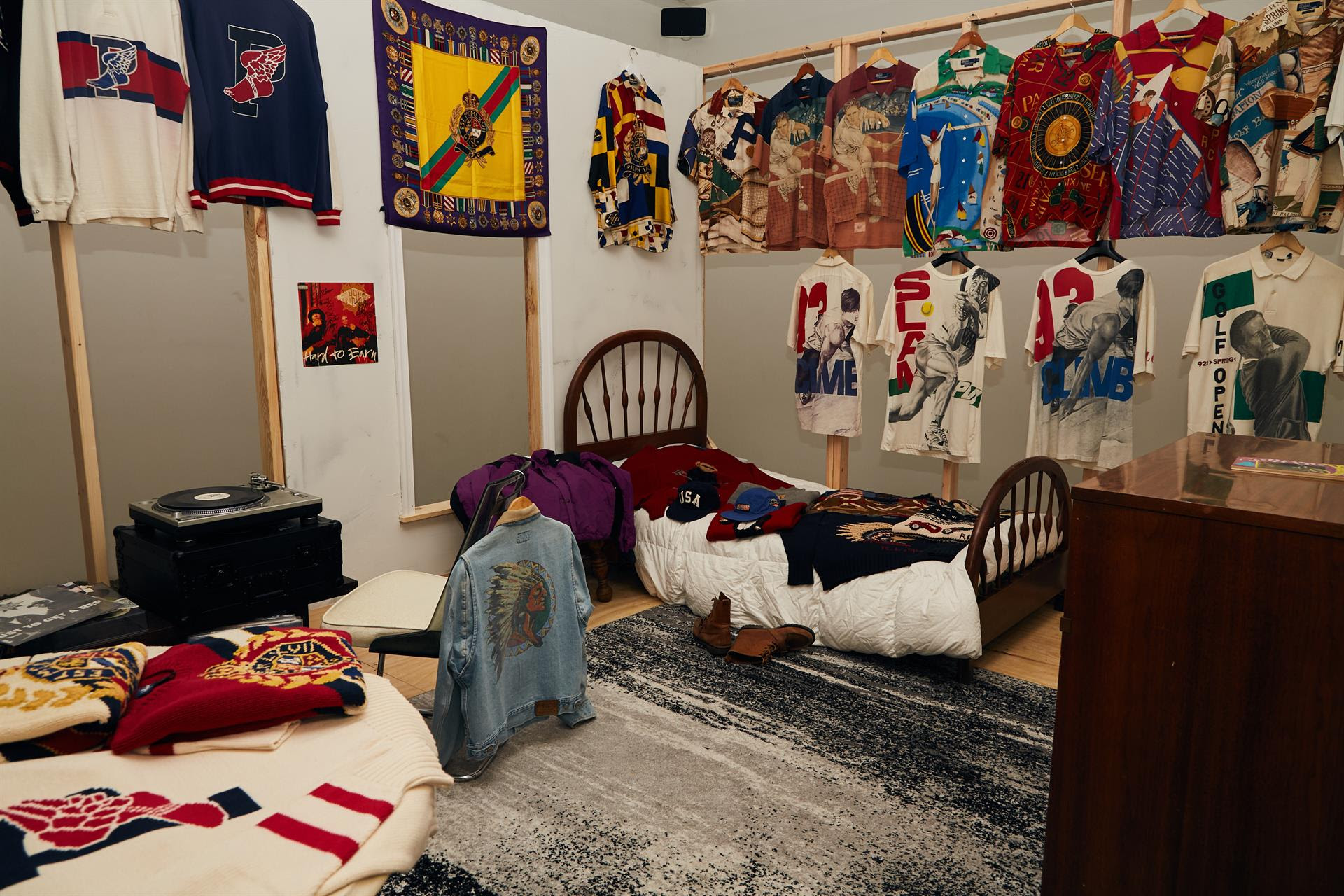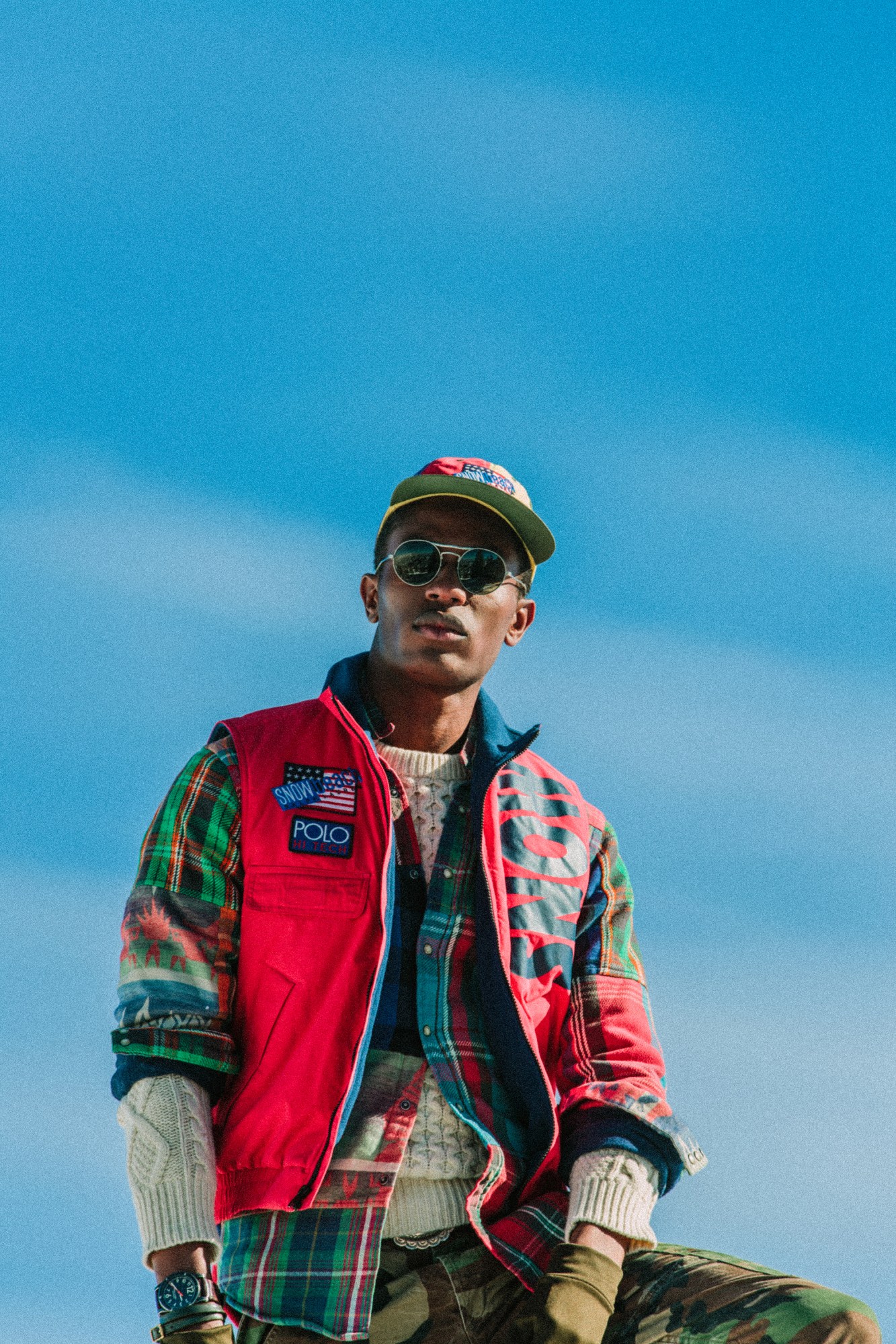The lust for rare grails can turn a Supreme queue into Fight Club, but it can also be a unifying force. In the late 80s, a decade before James Jebbia opened his first ‘preme store on Lafayette Street, two rival Brooklyn gangs were brought together by their extreme love of Polo Ralph Lauren. Not that the brand was a unifying force for good, exactly. The Ralphie’s Kids of Crown Heights and Polo U.S.A. (a.k.a. United Shoplifters Association) of Brownsville rarely stood in an orderly line for their pullovers and puffer vests, opting to shoplift threads in bulk and en masse before selling most of them on the subway ride home.
Obviously this pastime posted more physical danger than flipping brands on eBay, hence the title of a recent book about the history of The Lo Lifes, Bury Me With the Lo On. It definitely wasn’t a sport Ralph Lauren — born Ralph Lifshitz, in the Bronx — wanted to be associated with when he chose a name to signify country club memberships and ski lodges in Aspen. But therein lay the appeal of Polo — co-opting the luxury you were never supposed to have. Consider it cultural-reappropriation.

LO AND BEHOLD, a new exhibition curated by Ezra Wine and Public School, is a Polo Ralph Lauren paradise exploring this seminal period in fashion — and New York — history. It features over 100 original pieces from various Ralph Lauren collections from 1988 to 1994, all displayed in three rooms resembling the bedrooms of early 90s teens. These include Ezra’s million-dollar personal vintage Polo collection, and January’s re-issue of the iconic 1992 Snow Beach release. Snow Beach gained mythical status amongst hypebeasts after Raekwon copped the last XXL jacket at Downtown Brooklyn’s Abraham & Strauss for his “Can It Be So Simple” video.
Polo had a “tremendous impact” on Public School, the street-savvy NYC brand founded by Dao-Yi Chow and Maxwell Osborne. Chow and Osborn grew up in Queens and Brooklyn respectively before working together at P Diddy’s label Sean Jean. “Before there was hype, there was an even greater lure — owning something that wasn’t ever meant for you to own,” the brand wrote on Instagram today. “By seizing patronage of a brand that was implicitly not intended for them, [The Lo Lifes] not only reversed the traditional balance of power between the majority and minority but also showcased the influence that individuals and communities can have over brands. And as streetwear today continues to dominate the fashion headlines it seems as if things have come full circle.”
Snow Beach is indeed just one recent example of power balances in flux, as luxury brands increasingly look to the street to regain relevance. Tommy Hilfiger had a complicated relationship with hip-hop in the 90s, but has fully embraced the culture with the Tommy Jeans relaunch. In the 80s, Gucci repeatedly sued Dapper Dan over his customized Gucci garb, before appropriating those appropriations in an act of copyright inception. The Italian brand is now serenading Harlem’s Hip-Hop Tailor with cash, campaigns, and an opulent retail space. “This a glance back into a time when we weren’t directly marketed to or included in the conversation,” Public School presciently states, “but we still figured a way in to claim our place.”
“LO AND BEHOLD” is on view at the new 3 Howard Public School space until November 1, 2018.
